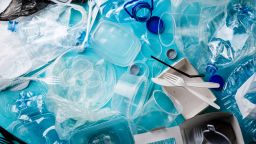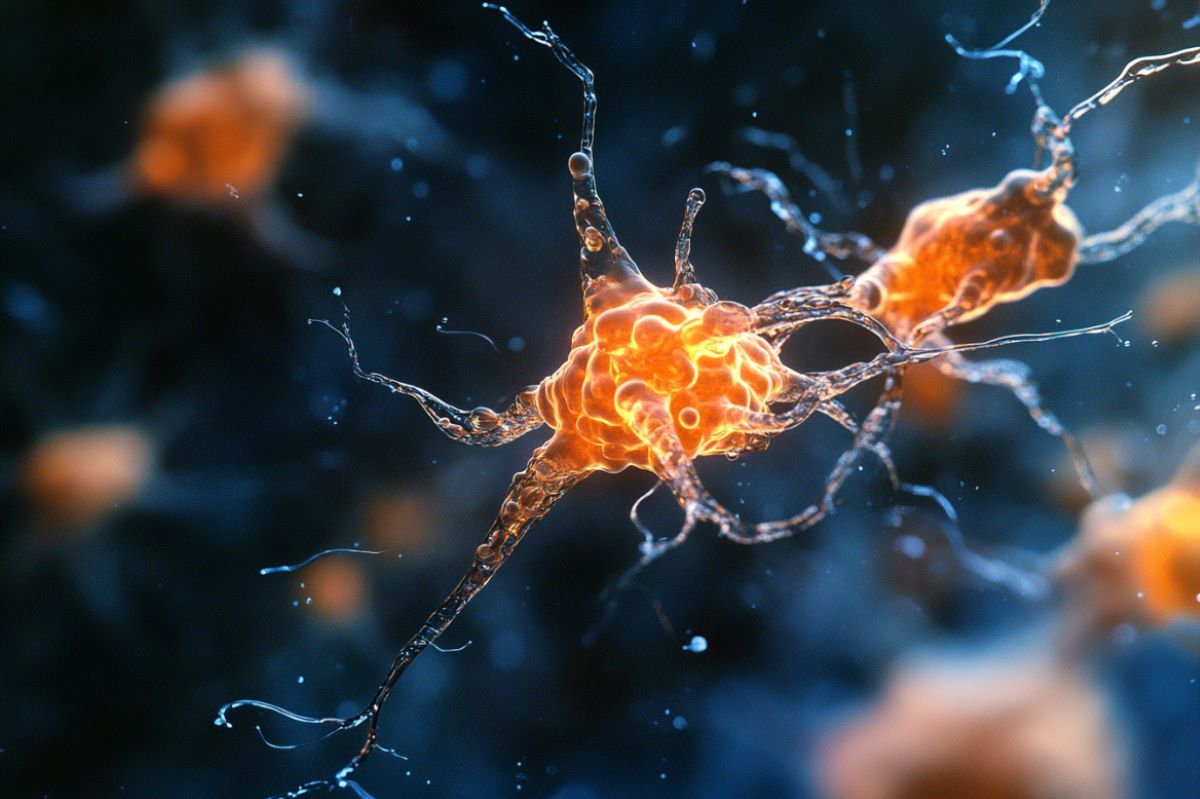Didn't your competent? doctor start using these measurements of walking over a decade ago? NO? So you don't have a functioning stroke doctor, do you?
How the fuck do you expect to get recovered when your doctor is completely out-of-date?
Send me hate mail on this:
oc1dean@gmail.com. I'll print your complete statement with your name and my
response in my blog. Or are you afraid to engage with my stroke-addled
mind? Your patients need an explanation of why you aren't up-to-date on stroke research.
Sensoria™ Fitness Socks March 2014
Rapid Rehab Smart Insole Will Train Athletes and Assist Rehab Patients June 2013
Design of a biofeedback device for gait rehabilitation in post-stroke patients August 2015
Or this:
A Personalized Self-Management Rehabilitation System for Stroke Survivors: A Quantitative Gait Analysis Using a Smart Insole 2016
The latest here:
A Reliability Study of the Load Distribution Percentage While Walking Using Curalgia Feet Sx Smart Insoles
Published: August 30, 2024
DOI: 10.7759/cureus.68232
Cite this article as: Das D, Chaturvedi M, Arora M, et al. (August 30, 2024) A Reliability Study of the Load Distribution Percentage While Walking Using Curalgia Feet Sx Smart Insoles. Cureus 16(8): e68232. doi:10.7759/cureus.68232
Abstract
Background
Gait analysis has evolved through many years of research. Many methods are used to analyze the gait of a subject. Recent times have shown a high demand for wearable sensor-based insoles integrated with smartphone-based devices used for gait analysis due to ease of use. This study utilized Curalgia Feet Sx Smart Insoles and its software toolset, Gait Analysis+, designed and manufactured in India making it an accessible and cost-effective option. The Curalgia Feet Sx Smart Insoles allow for a broad range of biofeedback-based rehabilitation and recovery training for several patients and have many applications, such as sports performance enhancement and neurological disorder rehab (e.g., brain stroke rehab). The system also significantly delays the onset of neurodegenerative illnesses by providing balance and proprioceptive training. The smart insole can help the athlete, the coach, and the sports medicine team get the on-field data in real-time, which will help them understand if any technical or biomechanical alterations are required. This may help in performance enhancement. This study aimed to determine the interrater reliability of the load distribution percentage parameter of the Curalgia Feet Sx Smart Insole for both feet while walking in a controlled setting.
Methodology
A total of 120 subjects were enrolled in the study. In total, 90 subjects were randomly selected using Research Randomizer which included male and female students and staff at Sardar Bhagwan Singh University. The subjects were asked to come to the research lab of the physiotherapy department wearing their sports shoes. Curalgia Feet Sx insoles were inserted into the shoe firmly to fit properly. Two assessors took two readings after the smart insole was connected to the smartphone-based application, GaitAnalysis+, via Bluetooth. The dynamic analysis option was selected, and each subject’s analysis was done one after another with a desirable break in between. Each subject walked for three minutes at their normal speed after pressing “Start Analysis.” At the three-minute mark, the subjects were asked to press “Stop Analysis” and the investigator downloaded the report on the smartphone. The data collected was compiled as the cumulative weight in kg (load distribution) borne and the % weight (load distribution %) borne by each foot for the duration of the walk. Statistical analysis was done using Karl Pearson’s test and interclass correlation calculation.
Results
Assessor 1 and Assessor 2 collected readings for the left foot as “L” and the right foot as “R.” Assessor 1 readings were L1-R1 for load distribution and L1% and R1% for load distribution %. Assessor 2 readings were L2-R2 for load distribution and L2% and R2% for load distribution %. The r value (correlation coefficient) was calculated using the load distribution. The mean value of L1 was 337.46 (SD=94.16). The mean L2 was 313.6 (SD=104.40). The R1 mean was 229.03 (SD=112.88), and the R2 mean was 233.011 (SD=79.84). The r was 0.7171 for the left foot and 0.7502 for the right foot, suggesting an excellent correlation. The ICC was calculated for load distribution %. The means of L1% was 55.94, L2% was 57.59, R1% was 44.06, and R2% was 42.41. The ICC was found to be 0.91 for both feet, suggesting high interrater reliability for the tested parameter.
Conclusions
The findings confirmed that the Curalgia Feet Sx Smart Insoles presented good interrater reliability for the load distribution % parameter.
Introduction
Gait analysis has been extensively employed in numerous contexts, including sports, rehabilitation, and medical diagnostics. It is also utilized in orthopedics and rehabilitation to monitor patients following surgery and is particularly helpful in applications that require orthopedic assistive devices [1]. Gait analysis has evolved through many years of research. Many methods are used to analyze the gait of a subject. Sensor-based insoles are one of the methods used for gait analysis. Moreover, there has been a great demand for wearable sensors integrated with smartphone-based devices used for gait analysis [2]. The Curalgia Feet Sx Smart Insoles and a software toolkit enable a wide variety of biofeedback-based rehabilitation and recovery training for many patients and have several applications, including brain stroke rehab and sports performance improvement. The system also serves as an important tool in delaying the onset of neurodegenerative diseases. For athletes, using this smart insole, the coach and the sports medicine team can obtain the athlete’s on-field data, which will help them on the biomechanical level. This data will be used to implement training methods to reduce injury risk and fatigue and improve athletic performance.
A typical gait analysis is mainly visual, observing a patient as they walk [3]. Although it is a crucial assessment component, this section lacks objective information on the center of force (CoF), step time, swing time, stride length, force, and weight distribution. Information like this is important for the diagnosis and treatment of gait issues, but it cannot be accurately obtained through visual analysis. Here the Curalgia gait analysis tool comes in. These in-shoe sensors add objective, repeatable, and actionable data to the evaluation process. This product has been conceptualized and manufactured in India, making it easily accessible and cost-efficient. The insoles analyze gait using a multisensor system and record various parameters, viz., load distribution percentage, step count, cadence, stride length, ground contact time, gait phase analysis, foot pronation, strike distribution, overstride, and body balance. However, no research has been published to date on the reliability of this product. Evaluation of the product’s reliability plays a very important role, as it helps in determining the consistency, reproducibility, sensitivity, and accuracy of the product. This is crucial to ensure that the data is sound and replicable and that the results are accurate. To ensure the integrity and quality of a measurement tool, evidence of reliability is required.
Determining the interrater reliability indicates how closely and accurately the study’s data reflect the measured variables, making it a crucial study. A few studies [3-6] have been conducted to evaluate the reliability of various smart insoles available on the market; however, the companies producing these products are based outside of India. Given that Curalgia Foot Sx is among the first smart insoles to be developed in India and that no studies have been released on it, it is necessary to investigate the product’s dependability. Additionally, taking assessments requires a lot of work and is cumbersome with the current gold-standard technology. The smart insoles are portable, easy to use, and cost-effective and will help make the assessments easier. This study determined the reliability of the load distribution percentage (%) parameter of the insole system as the nature of foot mechanics and the specific areas of the foot that bear the body weight while ambulation play a vital role in having a normal gait. It is also helpful in preventing injuries related to balance, faulty foot positioning, faulty force distribution, etc.







 Tao-Ran Li
1*
Tao-Ran Li
1* Bai-Le Li
1
Bai-Le Li
1 Zhong Jin
1
Zhong Jin
1 Xu Xinran
1
Xu Xinran
1 Tai-Shan Wang
2
Tai-Shan Wang
2